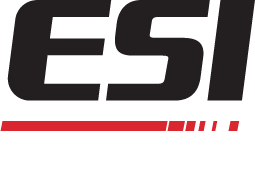When it comes to flexible package printing and other printing applications, it’s all about the final product. How does the package or container looks when the process is complete? Was there significant dot gain? Will the ink hold up against scratches and moisture? If the print fades or loses any of its original shine by the time it sits on the shelf, then the consumer and the producer are not happy.
Read MoreElectron beam (EB) processes have been a safe and efficient method of crosslinking, as well as curing inks, coatings, and adhesives for many years. This has created eBeam markets in flexible packaging, film, specialty packaging, rubber, and sterilization. Within those markets specific machines and operations were created, covering EB Flexo Inks, EB Offset Inks, EB Coatings, EB Laminating Adhesives and GelFlex-EB Ink
Read MoreToday, electron beam (EB) technology is now the absolute best method for curing and crosslinking. EB is capable of covering different markets, including: flexible packaging, crosslinking, laminates, sandpaper, coil coating, reflective materials, tires, sterilization and much more. No matter what industry you are involved in, an EB machine can be implemented within your current line structure for faster turnaround time to market, less material waste and a healthier working environment.
Read MoreInnovations in design and development have dramatically changed the food packaging industry. With the emergence of electron beam (EB) as the most dominant method on the market, print quality, the ability to instantly cure, and being 100% food safe is now a reality. EB has taken over and is now synonymous with flexible packaging.
Read MoreBelieve it or not one of the earliest examples of crosslinking (the process of linking long chains of polymers together to increase polymer strength and mass) involved tires. Natural rubber was vulcanized through the addition of sulfur under heat, creating a link between the different latex models. That process has been revolutionized by Electron Beam (EB) crosslinking.
Read More

